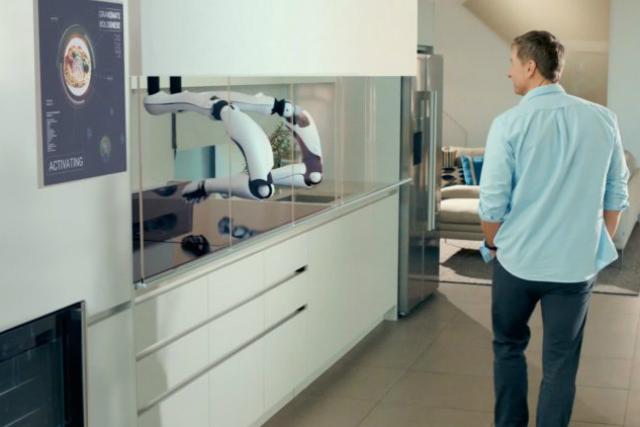
Opponents of minimum wage increases say that if fast food industries are forced to bump up entry level salaries, they’ll install robots instead. A new report from McKinsey & Company might give solace to burger flippers, but perhaps no one else in the workforce, as reported on SiliconBeat.
The report breaks U.S. jobs into three categories based on the tasks involved. The categories are highly susceptible, less susceptible, and least susceptible to automation. Susceptibility, in this case, refers at least to change if not outright replacement.
The most susceptible jobs are those requiring physical activity or the operation of machinery. Automation risk is 78 percent if your job involves running a machine, especially in a predictable environment (think factory floor or assembly line).
“Since predictable physical activities figure prominently in sectors such as manufacturing, food service, and accommodations, and retailing, these are the most susceptible to automation based on technical considerations alone,” McKinsey reported.
So wait, doesn’t that sounds like burger flippers are in jeopardy? Not necessarily and in fact, early on at least, probably not. The report relates cost factors. Just because a task can be performed by robots doesn’t mean it will be cost-effective to do so. With a large labor supply and relatively low wages the ROI on replacing fast food line cooks isn’t there yet. Let the technology simmer a few more decades, however, or the labor cost rise too high, and the cost savings could more easily justify the investment.
Any jobs involving logistics, inventory management, and packing merchandise are also vulnerable, with startling impact. Overall, McKinsey’s report state 53 percent of retail tasks can be automated, a level that jumps to 86 percent when including tasks performed by bookkeepers, auditors, and accountants.
Data collection and processing? McKinsey said more than 60 percent of the jobs that involve those tasks are in jeopardy, including upper-level managers, who typically spend 31 percent of their own jobs with data-related tasks.
Operating complex machinery in varied settings, managing and developing people, teaching, expertise-based decision-making, creative tasks, and any position that calls for a heavy load of human interaction is less likely to be affected directly by automation in the near future, McKinsey’s report says.
If your current position involves working in one position doing repetitive work, whether physical or mental, now’s the time to look into retraining or at least a career path rethink. Head to jobs that require human interaction and judgment and creative decision-making. At least for now, jobs that use those skills and involve those types of tasks are less vulnerable.



